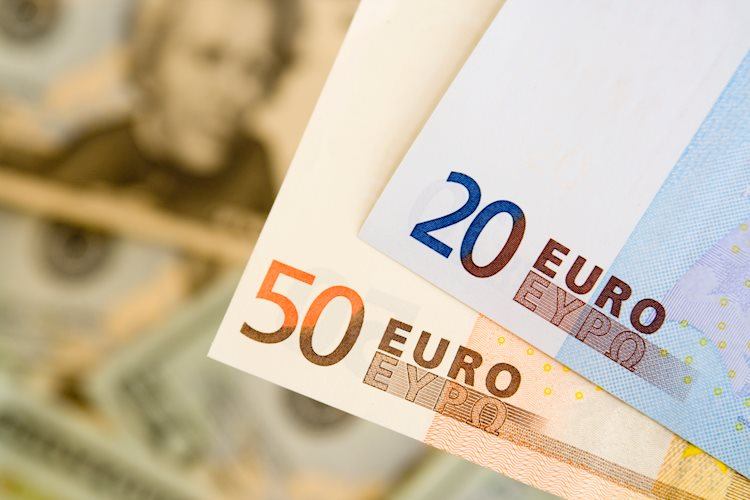EUR/USD, the major currency pair, fell to near 1.1050 following a decline in Eurozone inflation in line with estimates. The soft German inflation contributed to expectations of another ECB interest-rate cut in September. On the other hand, US PCE inflation for July rose steadily but remains softer than estimates. Despite this, the US Dollar Index rose to near a fresh weekly high of 101.58, with the Federal Reserve expected to reduce interest rates from the September meeting. However, signs of stickiness in the inflation data have weighed on market expectations for aggressive policy normalization.
The likelihood of a 50-basis points interest rate reduction in September stands at 30.5%, down from 36% recorded a week ago according to the CME FedWatch tool. The upwardly revised Q2 GDP estimates by the US Bureau of Economic Analysis, showing a growth rate of 3% on an annualized basis, have also diminished the likelihood of a bigger rate cut. The pace at which the economy grew in the second quarter surpassed preliminary estimates of 2.8%, indicating a robust performance.
In the Eurozone, the Eurozone flash annual Harmonized Index of Consumer Prices (HICP) declined as expected in August, with headline inflation decelerating to 2.2% from 2.6% in July due to lower energy prices. The core HICP also grew at a slower rate of 2.8%. The preliminary inflation data strengthens market speculation for ECB’s September interest rate cuts and the policy-easing path for the rest of the year. Market expectations for ECB rate cuts increased after data showed fading inflationary pressure and growth momentum in Germany and other Eurozone economies.
Technical analysis shows that EUR/USD trades inside Thursday’s trading range after lingering below the crucial resistance of 1.1100. The near-term outlook remains firm as all short-to-long-term EMAs are sloping higher. The major currency pair also holds the breakout of the Rising Channel formation on a daily timeframe. The RSI has declined below 60.00 after being overbought near 75.00. On the upside, 1.1200 and 1.1275 will be the next targets for Euro bulls, while downside support is expected around 1.1000.
In conclusion, EUR/USD continues to be influenced by developments in both the Eurozone and the United States, particularly the inflation data and expectations of interest-rate cuts. The market sentiment is cautious as investors assess the implications of the economic indicators on monetary policy decisions by the ECB and the Federal Reserve. Technical analysis suggests a possible upward movement for the pair, with resistance levels at 1.1200 and 1.1275. However, the downside is expected to find support near 1.1000. Traders will closely monitor upcoming economic releases and central bank statements for further insights into the direction of the currency pair.











